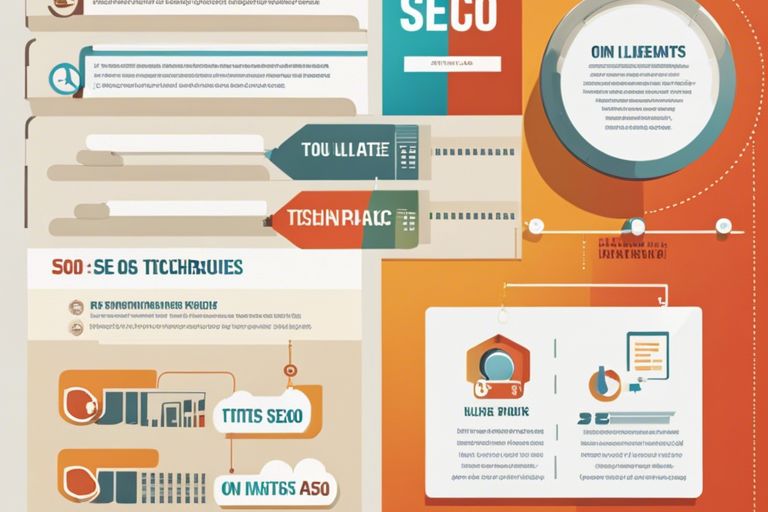#SEO, or Search Engine Optimization, is crucial for boosting your website’s visibility and ranking on search engine results pages. On-page SEO techniques refer to the practices you can implement directly on your website to improve its search engine optimization. Here is a comprehensive guide to help you implement effective on-page SEO techniques:
1. Keyword Research: Start by researching relevant keywords for your content. Use tools like Google Keyword Planner or SEMrush to identify high-volume keywords that are relevant to your business.
2. Title Tags: Optimize your title tags by including your target keyword. Keep it under 60 characters to ensure it appears properly in search results.
3. Meta Descriptions: Write compelling meta descriptions that include your keyword and encourage users to click on your link.
4. Headings: Use H1, H2, and H3 tags to structure your content. Include your keywords in headings to improve readability and SEO.
5. Content Optimization: Create high-quality, unique content that provides value to your audience. Use your target keywords naturally throughout the content.
6. Image Optimization: Optimize your images by adding descriptive filenames and alt text that includes your keywords.
7. Internal Linking: Link to other relevant pages on your website to improve navigation and distribute link equity.
8. External Linking: Link to high-authority websites to provide credibility to your content.
9. Mobile Optimization: Ensure your website is mobile-friendly to cater to the increasing number of mobile users.
10. Page Speed: Improve your website’s loading speed by optimizing images, reducing server response time, and leveraging browser caching.
11. User Experience: Create a seamless user experience by organizing your content logically, using easy navigation, and optimizing for readability.
12. Schema Markup: Implement schema markup to help search engines understand your content better and display rich snippets in search results.
13. URL Structure: Create SEO-friendly URLs that are descriptive and include your target keyword.
14. Social Sharing: Encourage social sharing by including social sharing buttons on your website to boost engagement and traffic.
15. Monitor and Measure: Use tools like Google Analytics and Google Search Console to monitor your website’s performance and make necessary adjustments to your on-page SEO strategies.
By implementing these on-page SEO techniques, you can improve your website’s visibility, increase organic traffic, and enhance user experience. Stay updated with the latest SEO trends and algorithms to ensure your website remains optimized for search engines.
CATEGORY:Website Design

